When it comes to commercial trucking, the semi-trailer stands as a pivotal element in the logistics and transportation industry. With varying designs and configurations, the 53-foot semi-trailer has become a standard size across many fleets. Understanding how much cargo weight can fit inside a 53-foot semi-trailer is vital for businesses aiming to maximize efficiency and ensure compliance with regulations. This article delves deeply into the intricacies of cargo capacity, discussing dimensions, weight limits, regulations, and factors affecting loading capacity.
Dimensions of a 53-Foot Semi-Trailer
Overall Size and Structure
In terms of size, a standard 53-foot semi-trailer has the following dimensions:
- Length: 53 feet (16.15 meters)
- Width: 8.5 feet (2.59 meters)
- Height: 13.5 feet (4.1 meters)
The interior space is vital, with the usable space slightly less due to structural elements:
- Floor Area: Approximately 400 square feet
- Interior Width: Usually around 7.7 feet (2.34 meters)
- Interior Height: Approximately 110 inches (2.79 meters)
These dimensions allow for various loading methods and cargo types.
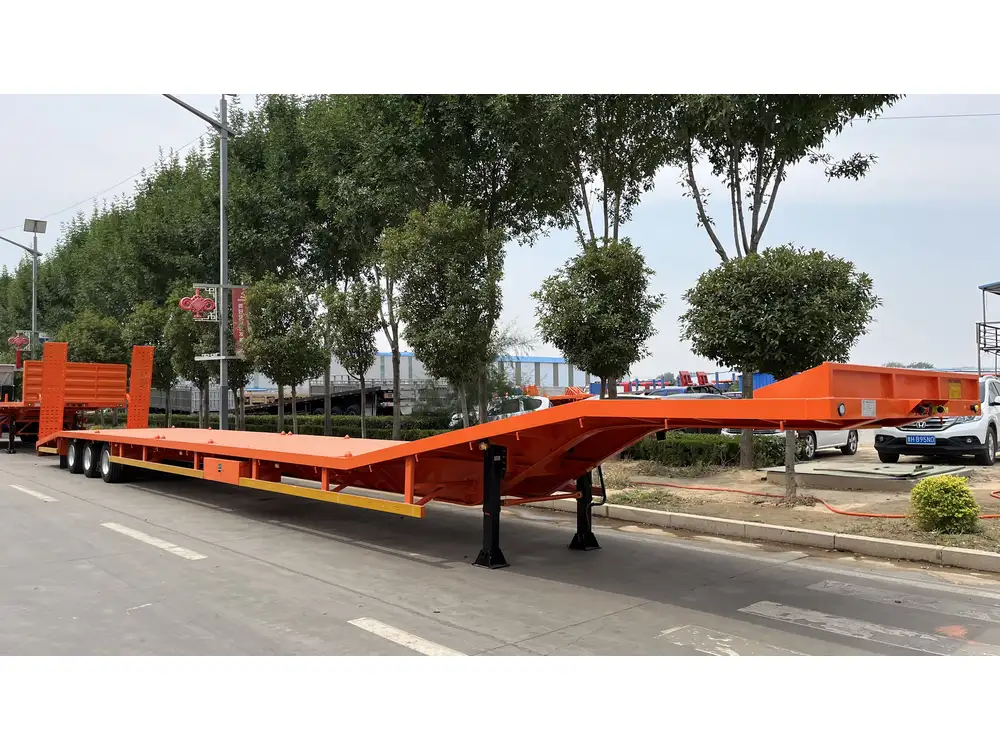
Cargo Capacity Breakdown
Understanding the overall cargo capacity of a 53-foot semi-trailer involves both dimensional constraints and weight limits imposed by law. This section dissects various components that influence how cargo is loaded and transported.
| Type | Details |
|---|---|
| Total Length | 53 feet |
| Maximum Width | 8.5 feet |
| Interior Height | 110 inches (approximately 9.2 feet) |
| Average Weight Distribution | 12,000 – 34,000 lbs recommended/typical range* |
*Weight distribution varies based on truck regulations, payload configurations, and axle counts.
Legal Weight Limits: Federal and State Regulations
To ensure safety on the highways, the Federal Motor Carrier Safety Administration (FMCSA) regulates weight limits. The maximum weight for a semi-trailer combination is 80,000 pounds (36,287 kg) on interstate highways.
Key Points of Weight Limits:
- Single Axle Limit: 20,000 lbs (9,072 kg)
- Tandem Axle Limit: 34,000 lbs (15,422 kg)
- Gross Vehicle Weight Rating (GVWR): 80,000 lbs (36,287 kg)
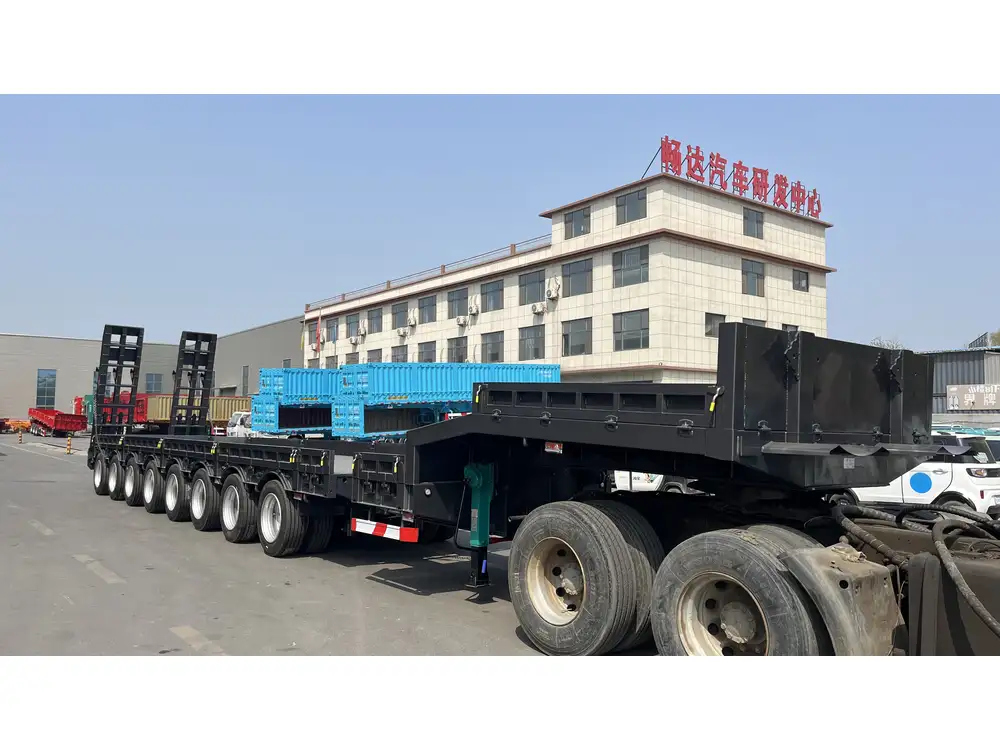
Considerations for Individual States
While federal guidelines provide a baseline, state regulations may impose stricter weight limitations. Trucking companies need to be cognizant of these variances, especially when crossing state lines. Tracking weight permits can enhance compliance and mitigate risks associated with overweight violations.
Weight Distribution and Its Impact on Loading
Uniform weight distribution is critical for safe vehicle operation. An uneven load can affect the truck’s handling, braking, and tire wear, potentially leading to hazardous situations.
Factors Influencing Weight Distribution:
Cargo Type:
- Heavier Goods: Appliances, machinery
- Lightweight Items: Textiles, packaging
Loading Techniques:
- Flat Loading: Even distribution across the trailer
- Packed Loading: Concentration of weight towards the front
- Racked Loading: Vertical stacking, requiring careful stability assessments
Bulk vs. Palletized:
- Bulk materials require precise calculations to avoid overloading a particular section of the trailer.
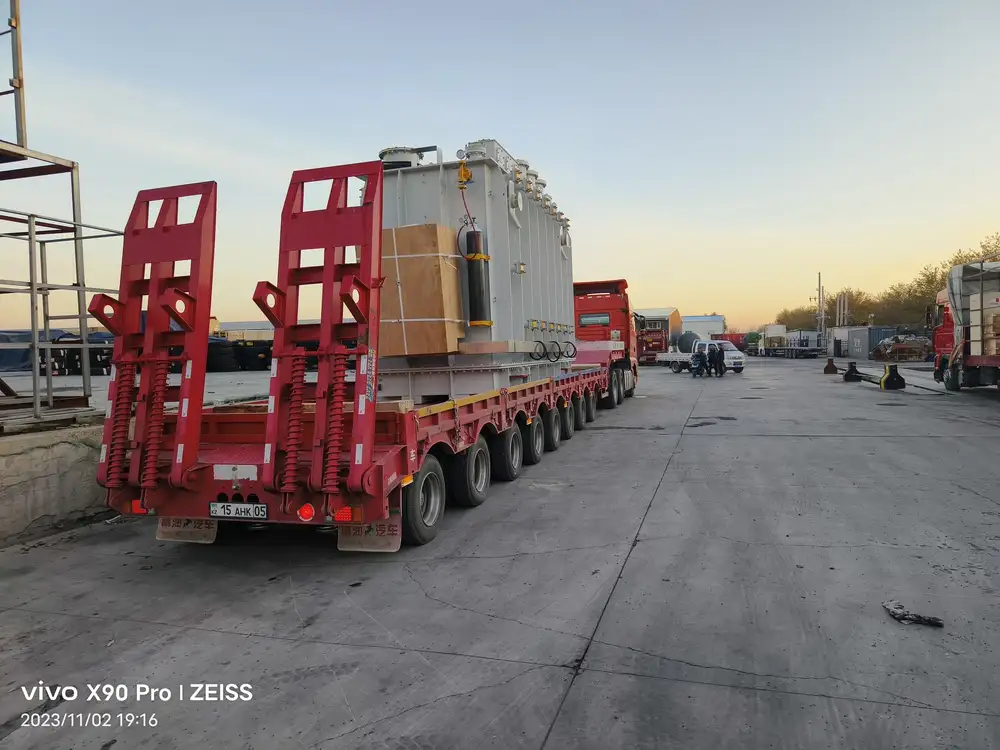
Calculating Maximum Cargo Weight for a 53-Foot Semi-Trailer
Now, let’s calculate how much cargo weight can fit inside a 53-foot semi-trailer. The maximum legal limit for a fully loaded rig is governed by the combined weight limits previously mentioned.
Example Calculation:
Assumptions:
- The typical weight of the empty semi-trailer (tare weight): approximately 15,000 lbs.
- Maximum legal weight on highways: 80,000 lbs.
Using this information, we can determine the maximum cargo weight:
[ \text{Maximum Cargo Weight} = \text{Maximum Legal Weight} – \text{Tare Weight} ] [ = 80,000\,\text{lbs} – 15,000\,\text{lbs} = 65,000\,\text{lbs} ]Thus, a 53-foot semi-trailer can carry up to 65,000 pounds of cargo if it weighs 15,000 pounds when empty.
Adjusting for Load Types
Cargo weight may vary significantly depending on the materials being transported. For instance, if a company decides to transport lighter packages such as clothing or electronics, the effective load capacity can differ, allowing for a larger volume of goods to be fitted within the same weight constraints.
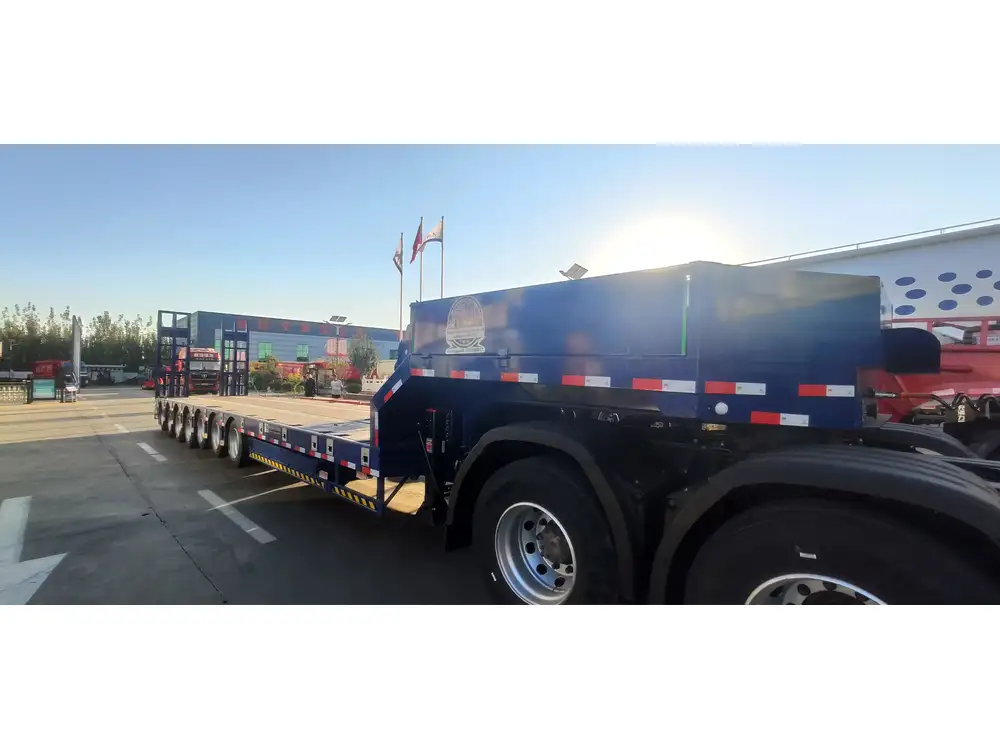
Loading and Unloading Procedures
Loading and unloading cargo from a 53-foot semi-trailer requires careful planning and execution.
Best Practices for Effective Loading:
- Use of Load Bars: Employing load bars can help secure cargo and maintain weight distribution.
- Loading Dock Procedures: Ensure a proper ramp or dock is available for efficient loading and unloading.
- Weight Checks: Regular checks with portable scales during loading can prevent overloading.
- Training Staff: Provide adequate training in weight distribution and safety protocols for all personnel involved in loading.
Specialized Trailers and Customization Options
While the 53-foot standard trailer is widely used, various specialized semi-trailer designs exist that cater to specific cargo needs:
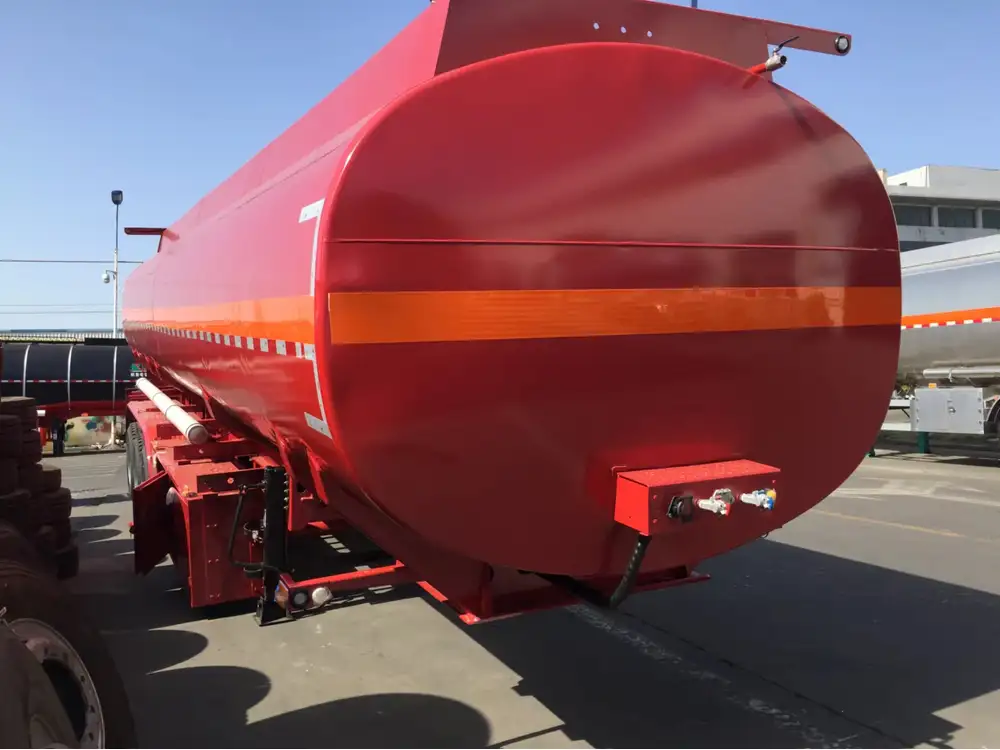
Types of Specialized Trailers:
| Type | Features |
|---|---|
| Reefers | Temperature-controlled for perishable goods. |
| Flatbeds | Open surface ideal for oversized or unconventional shapes. |
| Tanker Trailers | Specifically designed for liquid bulk transport. |
| Car Haulers | Modified to carry vehicles securely and safely. |
| Lowboys | Built for transporting heavy equipment and machinery. |
Why Consider Customization
Customizing trailers ensures a perfect fit for unique cargo types, enhancing efficiency and reducing wear on both the trailer and the cargo itself. Businesses that handle diverse loads may find that investing in specialized trailers ultimately maximizes their operational capabilities.
Safety Regulations and Best Practices
Safety considerations cannot be understated while transporting cargo. Non-compliance with safety regulations can result in financial penalties, legal ramifications, and loss of reputation. It is essential to understand the safety protocols applied to semi-trailers.
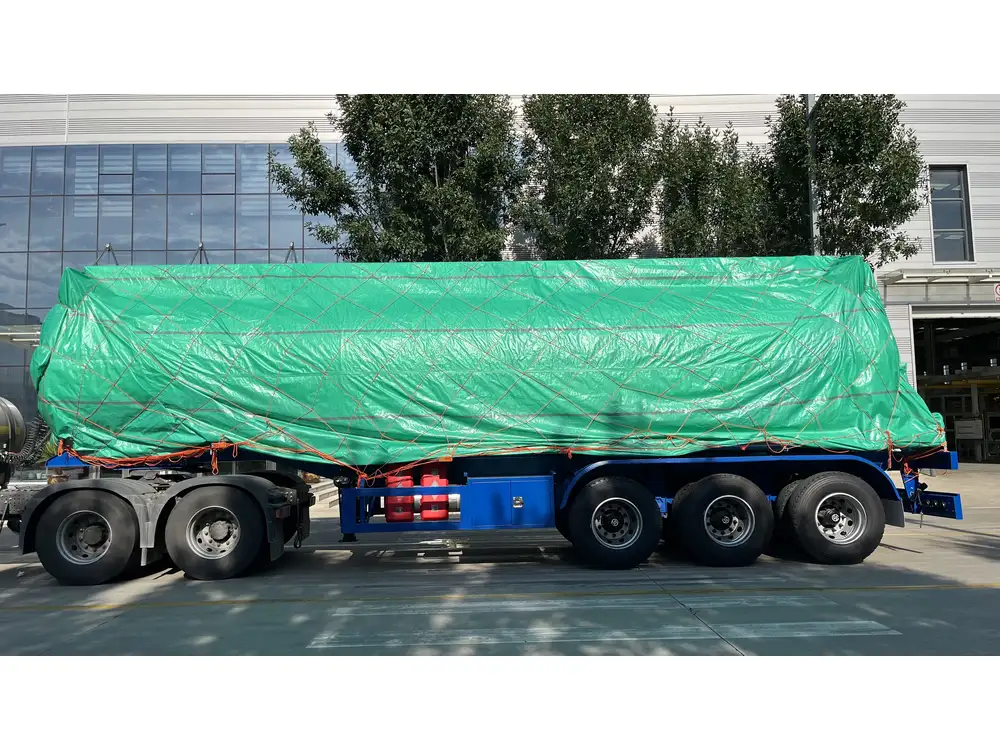
Key Safety Practices:
- Pre-trip Inspections: Conducting thorough vehicle inspections prior to any trip to assess tire conditions, braking systems, and cargo stability.
- Secure Cargo: Utilize straps, nets, and barriers to adequately secure cargo, preventing movement during transportation.
- Educate Drivers: Ensure all drivers are well-versed in handling various cargo types and are aware of loading procedures.
- Road Safety Compliance: Keep abreast of applicable federal and local transportation regulations.
Conclusion
Understanding the cargo capacity of a 53-foot semi-trailer is essential for transporting freight efficiently while abiding by legal weight limits. By recognizing dimensions, weight distribution, legal constraints, and safety protocols, businesses can maximize their operations. Whether loading machinery, consumer goods, or bulk materials, effective planning and adherence to regulations play critical roles in achieving success in the logistics space.
For businesses looking to invest in new semi-trailer assets, considering specialized options can create unique advantages, while proper training and compliance can ensure that shipments are executed smoothly and safely.
This comprehensive examination not only provides insight into the fundamental aspects of 53-foot semi-trailers but also addresses the most pressing concerns of logistics managers, fleet operators, and transport industry stakeholders. As your company navigates the complexities of cargo transport, this knowledge serves as a strategic advantage in optimizing routes, managing weight limits, and enhancing overall operational efficiency.



